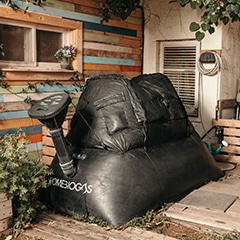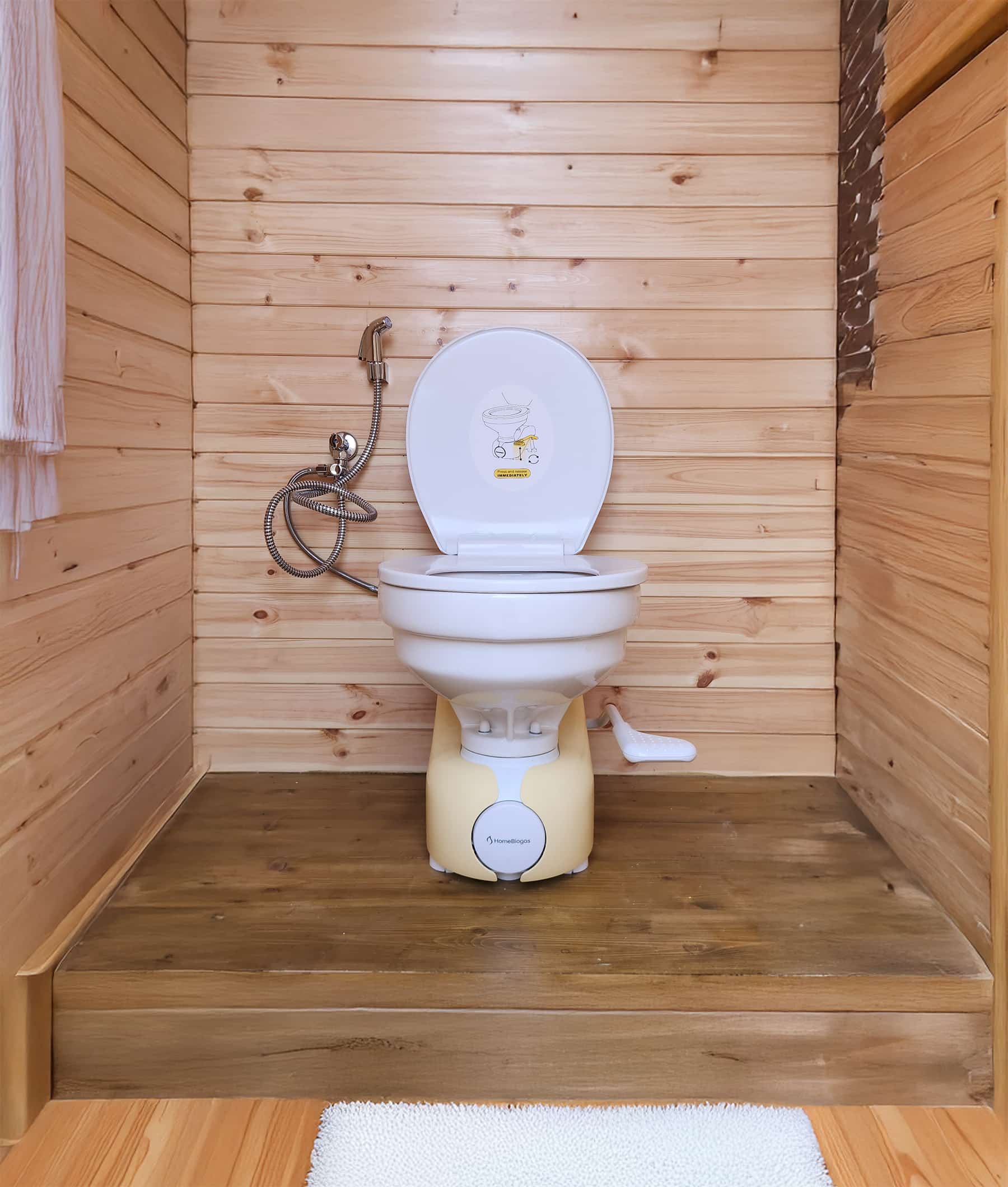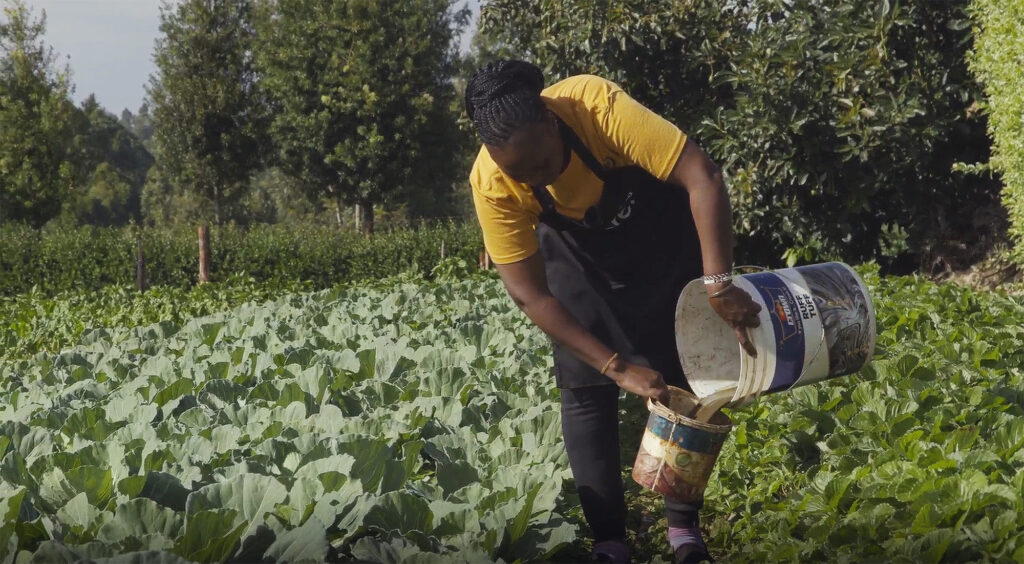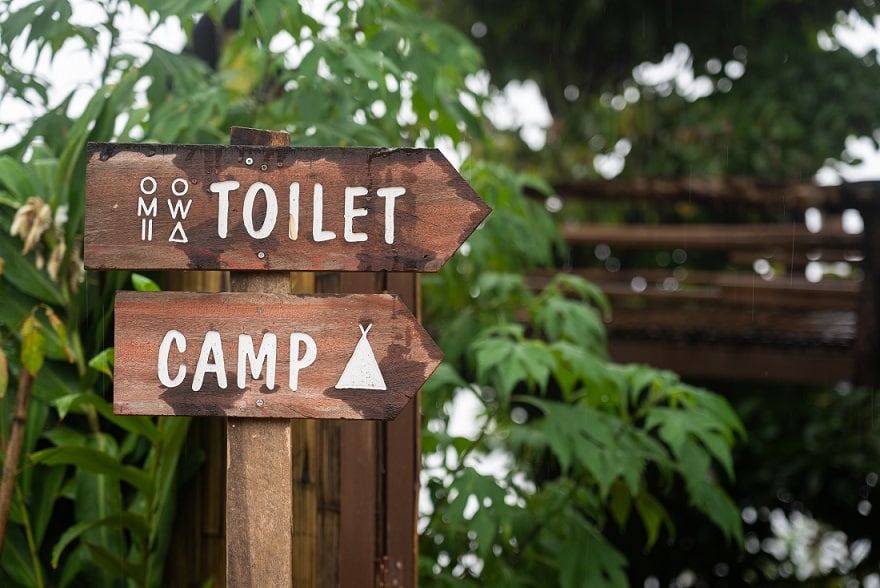
Campsite toilets: A must-have for any well-managed campground
A campsite toilet is a sanitary and often environmentally friendly system for managing human waste outdoors when traditional restroom facilities are unavailable. These systems are typically lightweight, compact, and easy to transport, making them a convenient waste management solution for remote areas.
Camping bathroom solutions come in multiple models, from simple systems consisting of a seat and a bucket or bag for waste collection to elaborate toilets with built-in tanks and flushing mechanisms.
Investing in a good campsite toilet can significantly impact the camping experience, as guests no longer need to dig holes or deal with unpleasant smells. It’s a modern alternative to the old outhouses, often dirty and smelly, impacting the camper’s experience.
The term “campsite toilet” can define either:
- The portable toilet owned by an individual camper or a group
- The camping bathroom solution on a campsite or campground
How to make camping more comfortable with a campsite toilet
Camping bathroom solutions can elevate the camping experience when providing a convenient and sanitary way for campers to manage waste. That’s because 30% of campers consider sanitation areas a crucial amenity while camping.
Having designated toilet areas on the campsite means that campers no longer have to wander off into the woods, which can be uncomfortable and unsafe.
And it goes beyond the obvious hygiene benefits, as many campers appreciate the comfort of having access to a private, clean space. Moreover, campsite toilets can benefit families with young children who may have more frequent needs and can’t travel to a distant facility.
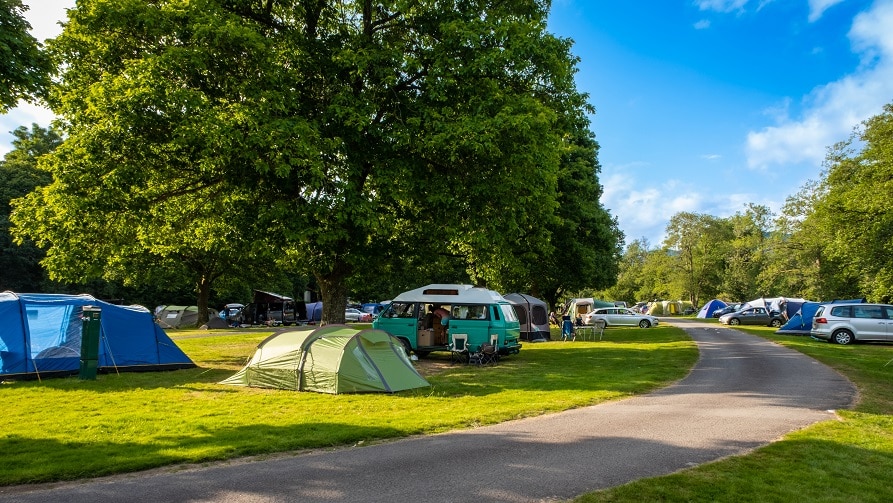
Types of portable campsite toilets
Campgrounds can provide various types of toilets for their visitors, depending on the available facilities and amenities.
Vault Toilets
Vault toilets are simple, non-flushing toilets that use a large tank to collect waste. Vault toilets are typically the most basic and affordable option for campsites and are often found in very remote locations.
They can be uncomfortable, as they rarely provide running water or handwashing facilities. Moreover, they can quickly become smelly and unhygienic without regular cleaning and maintenance.
Pit Toilets
Pit toilets are similar to vault toilets but use a large, deep hole to collect waste. They were popular in old, remote camping areas without plumbing or sewage facilities.
This type of campsite toilet is low cost and requires minimal maintenance, but it can be challenging to keep clean. It provides little to no privacy or comfort.
Flush Toilets
Flush toilets are commonly found on glamping sites and use a flushing mechanism to transport the waste away from the toilet bowl. These systems require constant running water and are typically only found in areas with established sewage facilities.
While flush toilets are considered the most comfortable and convenient option for campers, they can be expensive to install and maintain. Due to their reliance on infrastructure, these systems are rarely available in remote locations.
Portable Toilets
A portable camping toilet can be a versatile waste management solution, as it doesn’t require pre-existing infrastructure and can be easily transported and installed. Mobile systems are self-contained and come in various sizes and types — including high-tech models. They can have a holding tank, water tank, and ventilation system to prevent odors.
Portable toilets are convenient and practical, ideal for camping trips. However, a disadvantage is a need for regular cleaning and maintenance to prevent unsanitary conditions.
Composting Toilets
These environmentally friendly toilets rely on composting to break down waste into fertilizer, which can be safely stored outdoors. Most composting toilets are a but if a hassle to maintain but don’t require plumbing or sewage facilities.
You might need to educate campers on how to use them properly and empty the composting chamber regularly, though.
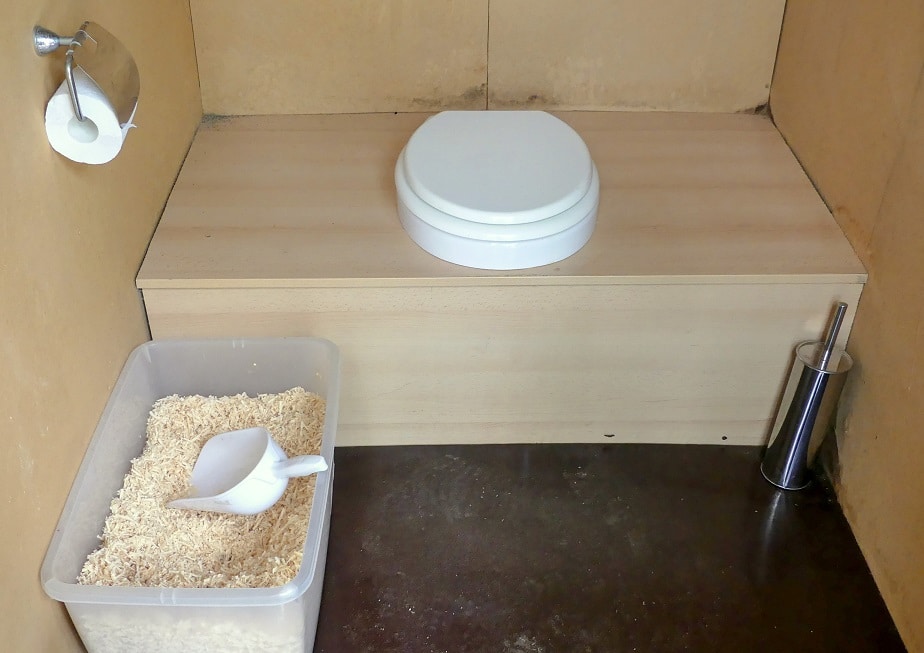
How do campsite toilets work?
A toilet for camping can work in different ways depending on the model and the campsite’s facilities. For pit toilets, for example, human waste goes into the pit and sits there. When the cavity is almost full, you must empty it with pumps. Another option is to cover the pit with soil, dig a new hole, and move the toilet structure to the new location.
Like pit toilets, vault toilets are also located over a hole in the ground, but they use a sealed container for collecting the waste.
On the other hand, composting toilets use natural processes to break down waste into compost on-site. A composting toilet typically has two chambers, one for solid waste and one for liquids. Solid waste is mixed with sawdust or other organic materials to accelerate decomposition. The system drains fluids into a separate container.
Composting can only occur in a properly ventilated environment. Some composting toilets may have a rotating drum to mix the waste and speed up decomposition. Once the process is complete, the compost can be removed and used following disposal guidelines.
How to empty and maintain a campsite toilet
Emptying and maintaining a campsite toilet will also depend on the camping bathroom solutions available.
What’s important to know:
- You need a dump station or disposal point — you can have one at the campground or rely on a dedicated facility in a nearby town. It’s helpful for guests who bring their portable camping toilets and need a waste management solution for emptying the waste.
- Make sure everyone has access to gloves when managing waste. They protect you and other users from any bacteria or germs that may be present.
- Follow local regulations regarding the disposal of human waste and fertilizer.
- If you use composting toilets, educate campers on the usage of chemicals that might impact bacteria activity inside the composting chamber. Following the manufacturer’s instructions is wise to keep the system functional.
- Use an eco-friendly disinfectant and cleaning products to maintain the campsite toilets clean and sanitary, and ensure that campers follow guidelines for storing waste properly.
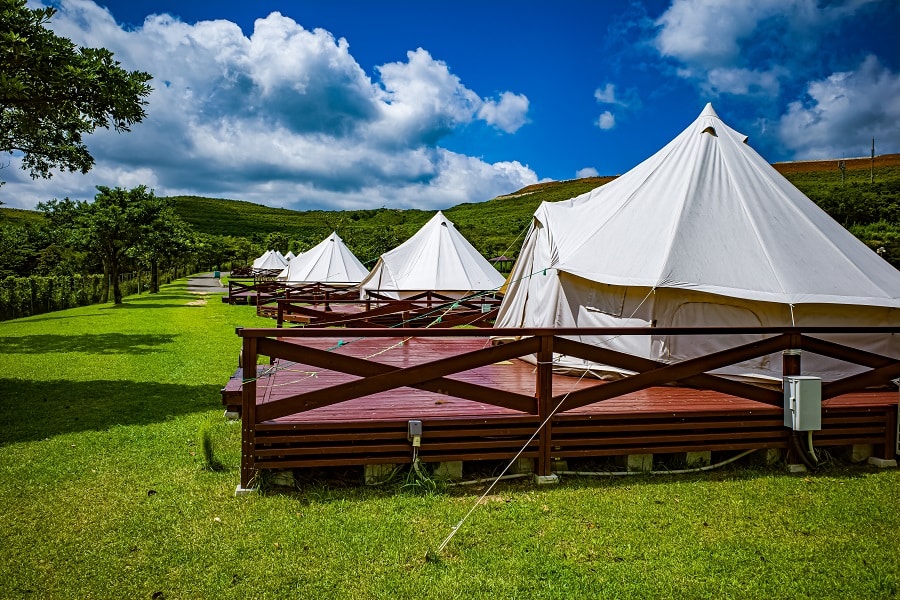
Factors to consider when choosing a campsite toilet
- Local and state regulations regarding the installation and use of campsite toilets, including proper waste disposal.
- Ways to place the camping bathroom solutions to make them convenient and accessible, with good lighting. Multiple toilets across the campground for limited users could work better than one large, common area for all visitors.
- The system’s environmental impact, including water usage, waste disposal, and potential damage to the surrounding ecosystem.
- Capacity, depending on regulations and the comfort level you plan to provide.
- The advantages and disadvantages of each type of campsite toilet.
- Toilet design and maintenance requirements.
Composting campsite toilet solution from HomeBiogas
Campsites looking for a better way to manage waste on-site can opt for a camping composting toilet that leverages anaerobic digestion to break down waste. HomeBiogas bio-toilet kits, for example, do more than provide a clean bathroom experience.
These bio-toilet kits turn organic waste into biogas, a green energy source campgrounds can use for cooking or heating. Such a toilet is a superior alternative to composting toilets for a clean, eco-friendly waste management solution that makes energy from waste.
It’s a cost-effective way to turn a camping site into a sustainable and eco-friendly facility. You can install multiple HomeBiogas bio-toilet kits to provide guests with a private bathroom experience and give them a green energy source for cooking.
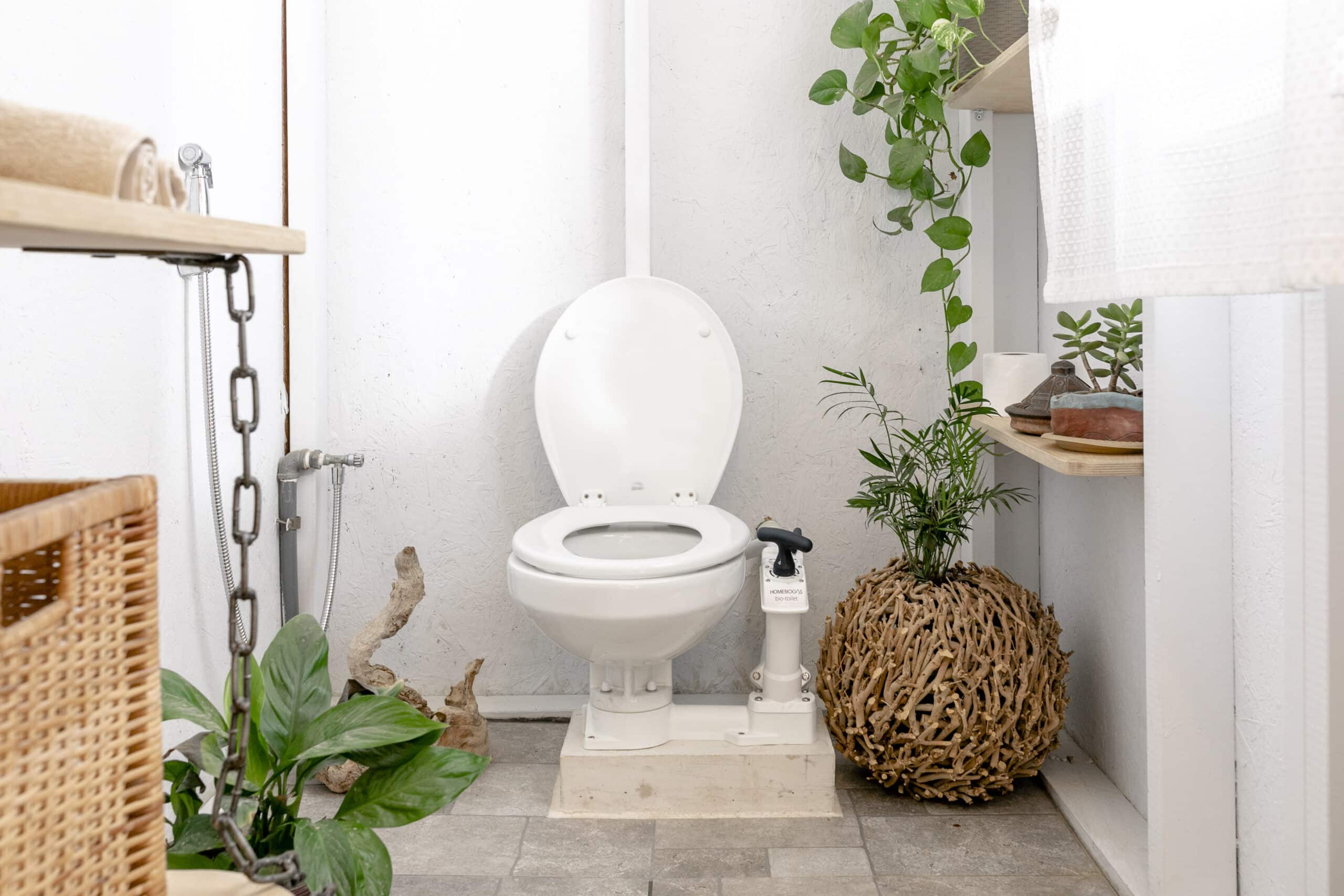
Final Thoughts
A proper campsite toilet is an essential aspect of responsible camping.
The tips and guidelines outlined above can help you choose the right type of toilet for your campsite, ensure it is properly maintained and cleaned, and dispose of waste safely and responsibly.
